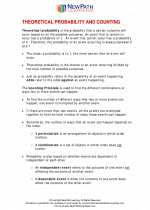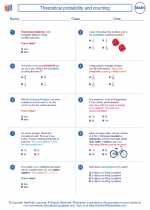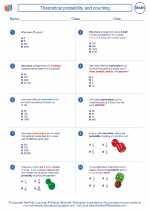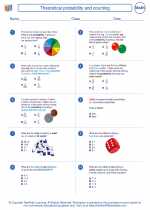Numerator
The numerator is the top number in a fraction that represents the number of parts being considered. In a fraction such as 3/5, the numerator is 3, which indicates that there are 3 parts of the whole being considered.
Understanding the Numerator
When working with fractions, it's important to understand the role of the numerator. It represents the quantity or number of parts that are being considered out of the whole. For example, if you have a pizza divided into 8 equal slices and you have 3 of those slices, then the numerator of the fraction 3/8 represents the number of slices you have.
Study Guide
Here are a few key points to remember about the numerator:
- The numerator is the top number in a fraction.
- It represents the number of parts being considered out of the whole.
- It can be any positive whole number or zero.
- When comparing fractions, the numerator is the first number to be compared to determine which fraction is larger.
Practice identifying numerators in fractions and understanding their significance in representing parts of a whole. You can also practice comparing fractions based on their numerators to reinforce your understanding.
Remember, the numerator is an essential component of fractions and plays a key role in understanding and working with these mathematical concepts.
[Numerator] Related Worksheets and Study Guides:
.◂Math Worksheets and Study Guides Eighth Grade. Theoretical probability and counting

 Worksheet/Answer key
Worksheet/Answer key
 Worksheet/Answer key
Worksheet/Answer key
 Worksheet/Answer key
Worksheet/Answer key
